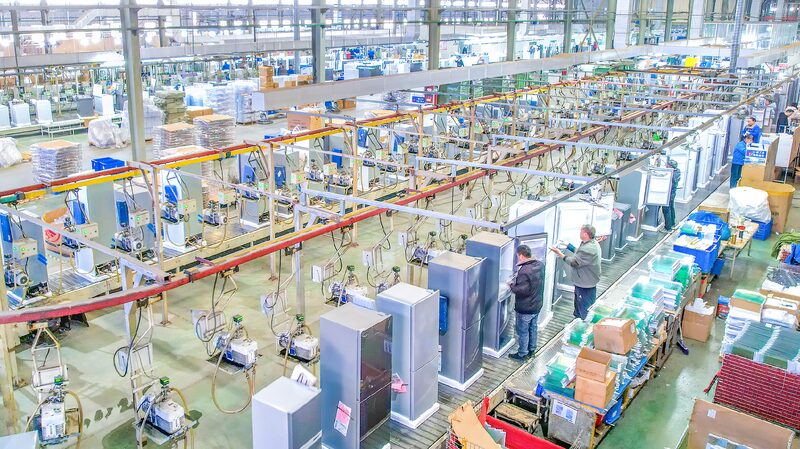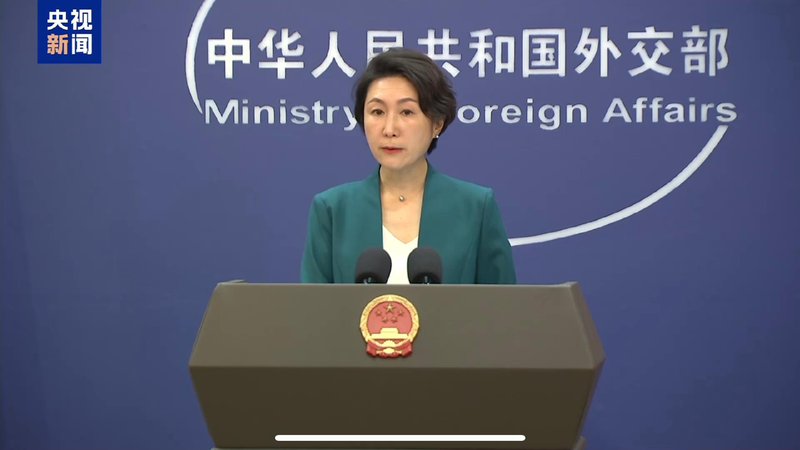The Taiwan Semiconductor Manufacturing Company (TSMC), one of the world’s leading chip manufacturers, is at the center of a global technology debate as it faces increasing pressure from the United States to expand its investments on American soil.
Recently, TSMC announced plans to invest significantly in building new chip factories and research centers in the U.S. However, reports suggest that U.S. officials are urging the company to amplify its investment, raising concerns about the potential impact on the economy of the Taiwan region.
This escalating demand highlights the risks associated with an economy heavily reliant on a single industry. The semiconductor sector, led by TSMC, consumes a substantial portion of the region’s resources. Estimates indicate that the industry accounts for over 30% of the region’s electricity usage, far exceeding its contribution to the regional GDP. By 2024, TSMC alone is expected to consume nearly 10% of the Taiwan region’s power generation.
Meanwhile, other crucial industries, such as manufacturing and agriculture, are experiencing stagnation. In recent years, the output from these sectors has declined, emphasizing the need for a more balanced economic development strategy.
The situation underscores the broader geopolitical tensions influencing global industries. The U.S.-China rivalry over technological dominance places companies like TSMC in challenging positions. While the United States aims to secure its semiconductor supply chain, the Taiwan region faces the dilemma of meeting external demands without compromising its own economic stability.
This scenario serves as a cautionary tale about the complexities of global geopolitics and their impact on regional economies. As major powers navigate their strategic interests, smaller economies must find ways to balance external pressures with internal development needs, ensuring sustainable growth for their populations.
Reference(s):
Taiwan's semiconductor dependency a geopolitical cautionary tale
cgtn.com








